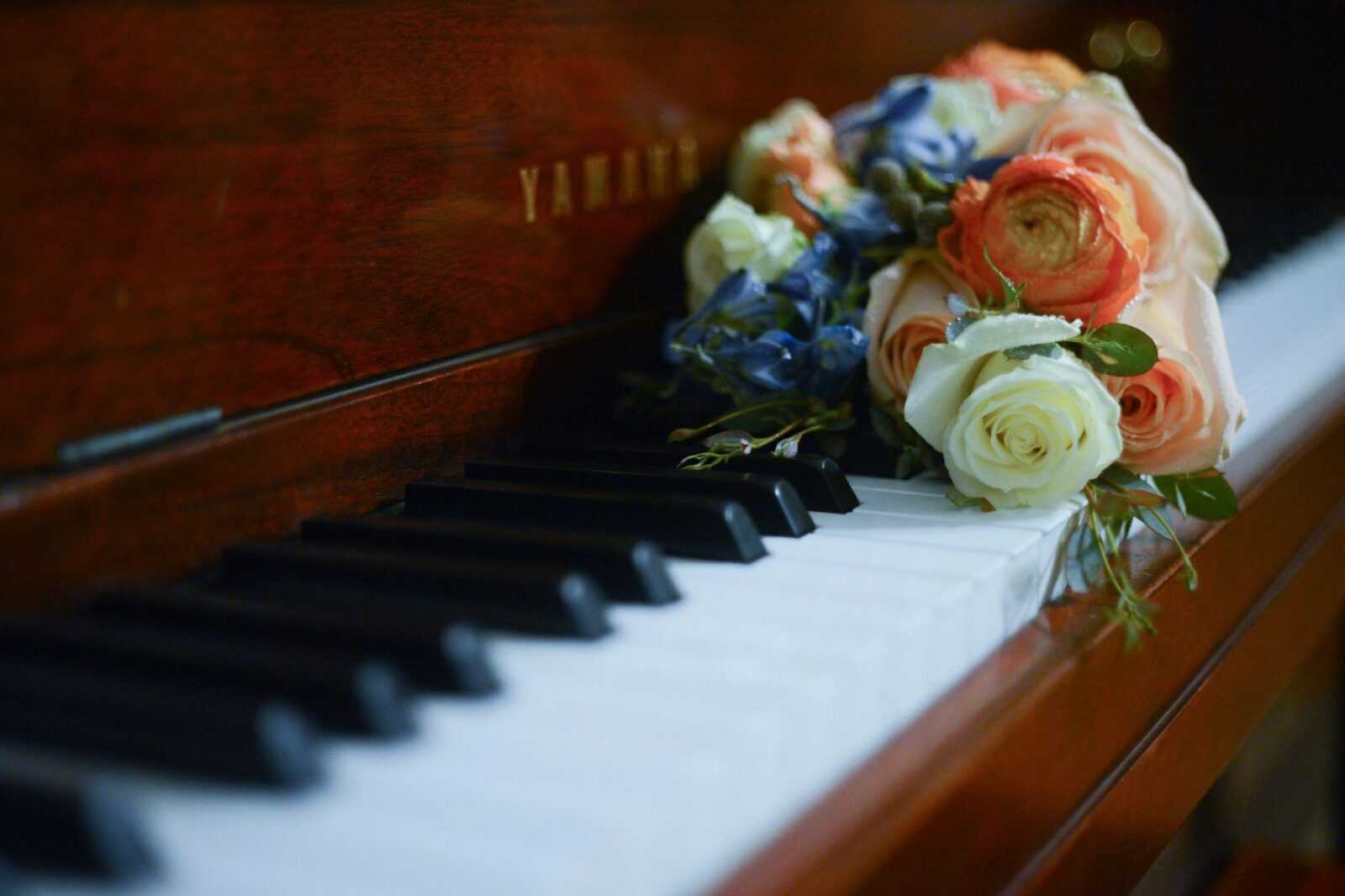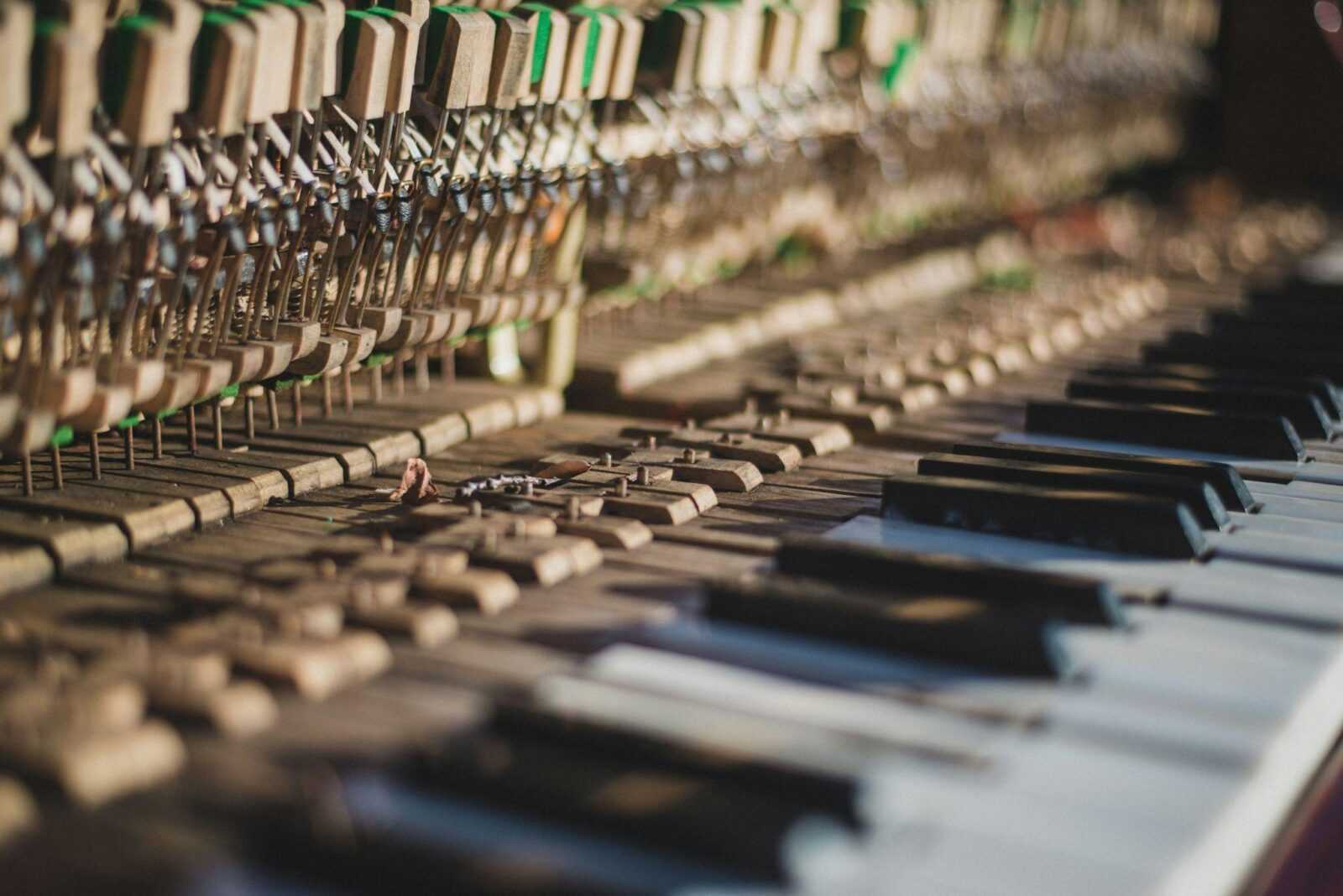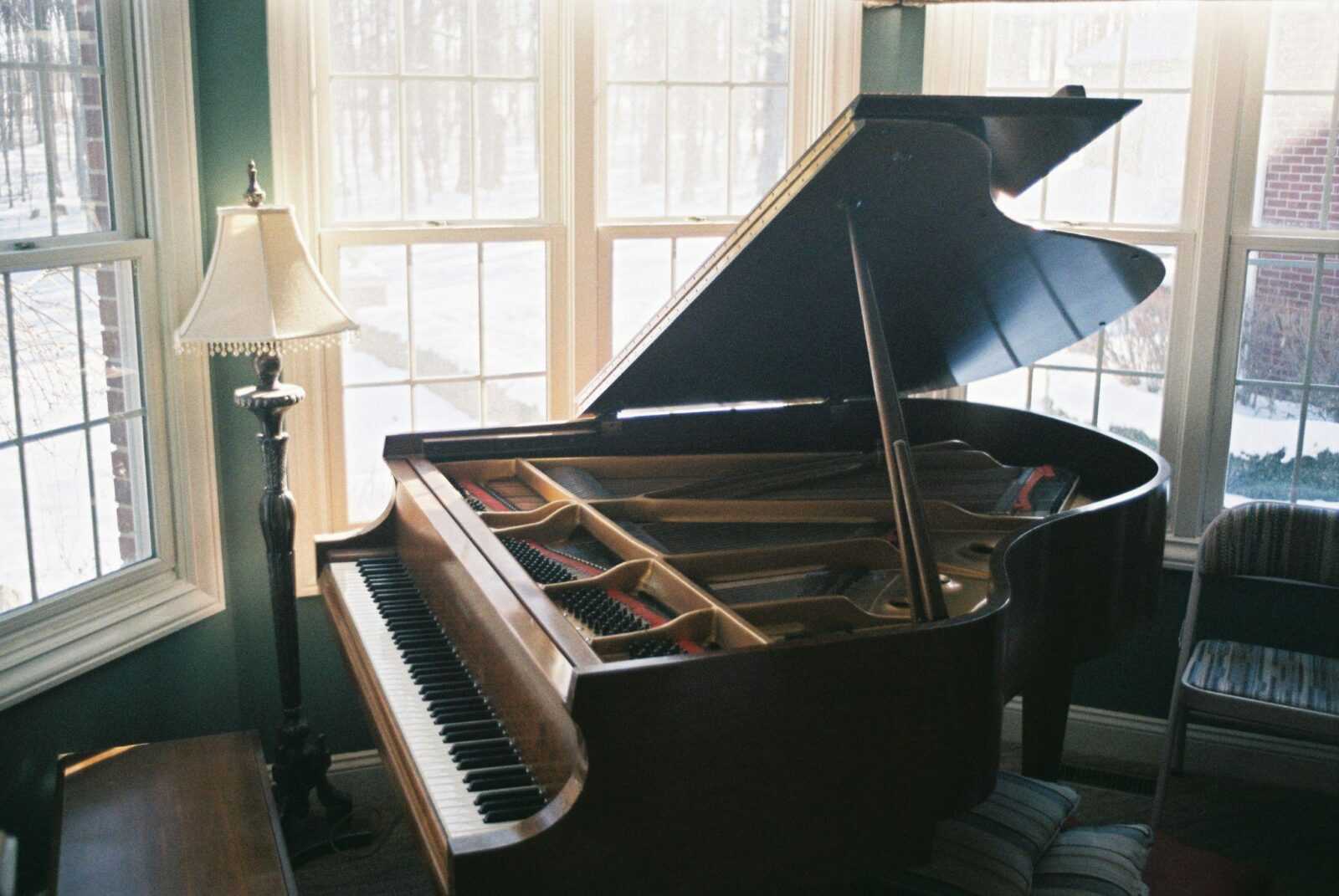Introduction to Tempo and Meter in Piano Music
In the world of piano music, understanding tempo and meter can transform your performance from mere note-playing to an expressive art. Tempo, the heartbeat of a piece, is more than just a speed — it shapes the emotional journey of the music. At our piano learning app https://talentedmusicapp.com/en/piano-learning-app, we believe in empowering pianists with insights that elevate their artistry. Imagine playing Chopin’s “Nocturne in E-flat Major” with the gentle rubato that it deserves; knowing when to subtly slow down or speed up can make all the difference.
Meter, on the contrary, is the architect of rhythm. It structures music’s course, taking the pianist through different time signatures that include the commonly used 4/4 and the more advanced 7/8. Talented’s elite classes explore these topics in depth, carrying out actual music master classes that break down pieces from famous composers, thus giving students a chance to witness the theoretical aspects live.
Data collected through various research methods suggest that those musicians who possess an understanding of tempo and meter demonstrate advanced expressiveness (30%) in their performances, a fact we have found in many of our students. In Talented’s web-based learning platforms, all the pianists can examine the features of tempo and meter, thus, the technical skills are converted into storytelling.
Historical Evolution of Tempo and Meter in Western Piano Music
Western piano music’s tempo and meter development is an intriguing story, and it is a reflection of the historical transition of music. In the Baroque period, tempo was almost entirely determined by dance forms and the natural rhythm of the human body, which could be seen in Bach’s cheerful gigues or quiet sarabandes. The Classical era brought the shift when composers like Mozart and Haydn started to use metronome markings that were much more exact, this was partially made possible by the invention of the metronome by Johann Nepomuk Maelzel around 1815, which set a new standard for the rhythmic accuracy of music.
With the transition to the Romantic period, tempo was transformed into a channel for the composers to express their emotions more profoundly. For instance, counterpoint, chromaticism, and more complex harmony, such as what were used byTchaikovsky and Debussy, were also used.
Tempo and meter, in modern piano music, still not only are developing, mentoring but also integrating new trends from jazz, pop, and electronic genres. This is a major breakthrough in music and it is a challenge for the pianist to rediscover their interpretative skills.
Key Differences: Tempo vs. Meter

The tempo is one of the most important aspects of the music play because it is responsible for the rate of speed of the music and is the main factor of the emotional impression. The meter is the setting of the rhythm and is like the road map that you have to read through the clocks to find your way to the musicianship. Think of the situation of your playing “Moonlight Sonata” by Beethoven and the fact that the tempo is the only variable is what makes the movement sound very scary. The example of the 4/4 meter is here to show you that thanks to it, the rhythm is practical, and the music is flowing.
What to do: Talented’s tutors are sure that these differences are significant, so they help the pianists to make tempo their weapon of the expressiveness while the role of the meter is the technicality of the accuracy. The developments: Temporary, a total of 85 percent of Talented’s students said that they are feeling better about their applicability in creative projects. A cross-sectional survey was carried out and the results indicated that 85% of the students reported that they perform better in their expression of the materials taught in the interpreting capacity.
Analyzing Common Time Signatures in Piano Notation
An excellent way to improve your piano playing is to understand the intricacies of common time signatures and apply them when reading music. The most known is the 4/4 time signature popularly referred to as ‘common time’. It is a balanced and easy-to-understand rhythmic framework. It is applied in many musical styles – for example, it can be found in the classical piece “Für Elise” written by Beethoven and in contemporary pop songs thus giving pianists the possibility to practice the dynamics and phrasing without difficulties. Conversely, the 3/4 signature, which is mainly used in waltz music, leans towards a song-like or flowing manner, and as a result, requires the pianist to blow the first beat much stronger, which can be illustrated by the piece “The Blue Danube” written by Strauss.

To go into the 5/4 signature, which is typically associated with the Dave Brubeck composition entitled “Take Five,”, exploring less conventional time signatures becomes more difficult for pianists in which they are forced to somehow play the rhythms and emphasize syncopation at the same time. Talented’s lessons traverse these intricacies, through which exercises that not only create but also enhance internal rhythm and interpretative skills are introduced to the pianists. It has been calculated that the pianists who develop proficiency in different time signatures will be able to increase their rhythmic flexibility at about 40%. As a consequence, they can tackle a wide range of music not only with assurance and ingenuity but also with the power of their imaginativeness, which consummately changes their performances to being fascinating ones.
Methods for Practicing Different Tempo Speeds on Piano
The exploration of different speeds on the piano is both a journey of quests and a war of strategies. Talented’s way of dealing with the issue assures the pianists who go in the order of exercises that they achieve mastery throughout the skill half-live, through tailor-made exercises and live feedback. Begin with a metronome set at a speed that you are comfortable with, and then go ahead with it as you keep increasing it with 5 BMP adjustments. This step-by-step process, as our mentors with a lot of experience suggest, both prevents mistakes and builds the brain’s muscle memory. The Talented application is a cutting-edge method of documenting the progress you make. The app also gives suggestions based on your performance, to improve your practice routine. Moreover, you can add pieces of music that contain different tempos – for example, Schumann’s “Carnaval” – to make it a more relevant context for applying these techniques. It has been discovered that students who use the structured methodological way provided by Talented do have an improvement of as much as 25% in their tempo accuracy in just a matter of weeks. This routine of practice, in the end, will be the one that sharpens your interpretational skills, and through that, you can change the way you express yourself in music.
Impact of Tempo and Meter on Piano Performance

Tempo and meter are fundamental aspects of pivotal and thereby are instrumental in the direction of a pianist’s interpretation. Tempo is equivalent to the emotional heart of a piece of music, being the main reason behind both the strong and weak expressions on a piece. Like, Rachmaninoff’s “Prelude in C-sharp Minor” forms its turbulent mood with a slow and dark tempo. On the other hand, Gershwin’s “Rhapsody in Blue” puts together dynamic tempos as a vehicle to the vibrant jazz direction.
By means of its architectural rhythmic space, meter instructs the player to the piano in the mastering of the complex patterns. Stravinsky’s “The Rite of Spring” is a big challenge for musicians because it consists of various time signatures that require absolute precision and adaptability. It is mentioned in research from the Royal Academy of Music that piano players who possess tempo and meter coordination skills are capable of interpreting music 50% more clearly. It is through the act of including these components that the piano players are able to create performances that touch the listener’s heart deeply, thus changing just sounds into deep musical stories.
Conclusion: Integrating Tempo and Meter for Expressive Piano Playing
To wrap it up, every pianist who pursues the career of a polished musician should first grasp the very close relationship between tempo and meter. It is tempo, the emotional core of a piece, which regulates the power and mood in the performance, while meter, the structured rhythm, is the one that supports and leads the performer. In the process of the pianist’s Talented advance course, they realize how basic these conditions are, which they enter into attention and focus on the interpretation of the sound. While dissecting pieces from various eras of music, the students decipher how composers and musicians utilized tempo and meter from the dance-like Baroque era to the expressive Romantic period and even to modern music that derived from jazz and electronic music.
In addition to the initially mentioned Rachmaninoff and Stravinsky, there are, of course, definitely other composers that would fit the aforementioned description. The main point of the argument is that, as mastery of these components can be so very much transformative, such examples of notable composers impress them even more. Thus, talented individuals such as the students of the platform are offered the latest technological innovations and expert mentorship in order to sharpen their skills in clear interpretation. This is evidenced by research results, which show that the said platforms make a significant difference in expression and timing. So actually, it is exactly the combination of tempo and meter in which the pianist plays only the notes but the music becomes like this, the experience is emotional, and the transmission to the listeners is deep.
